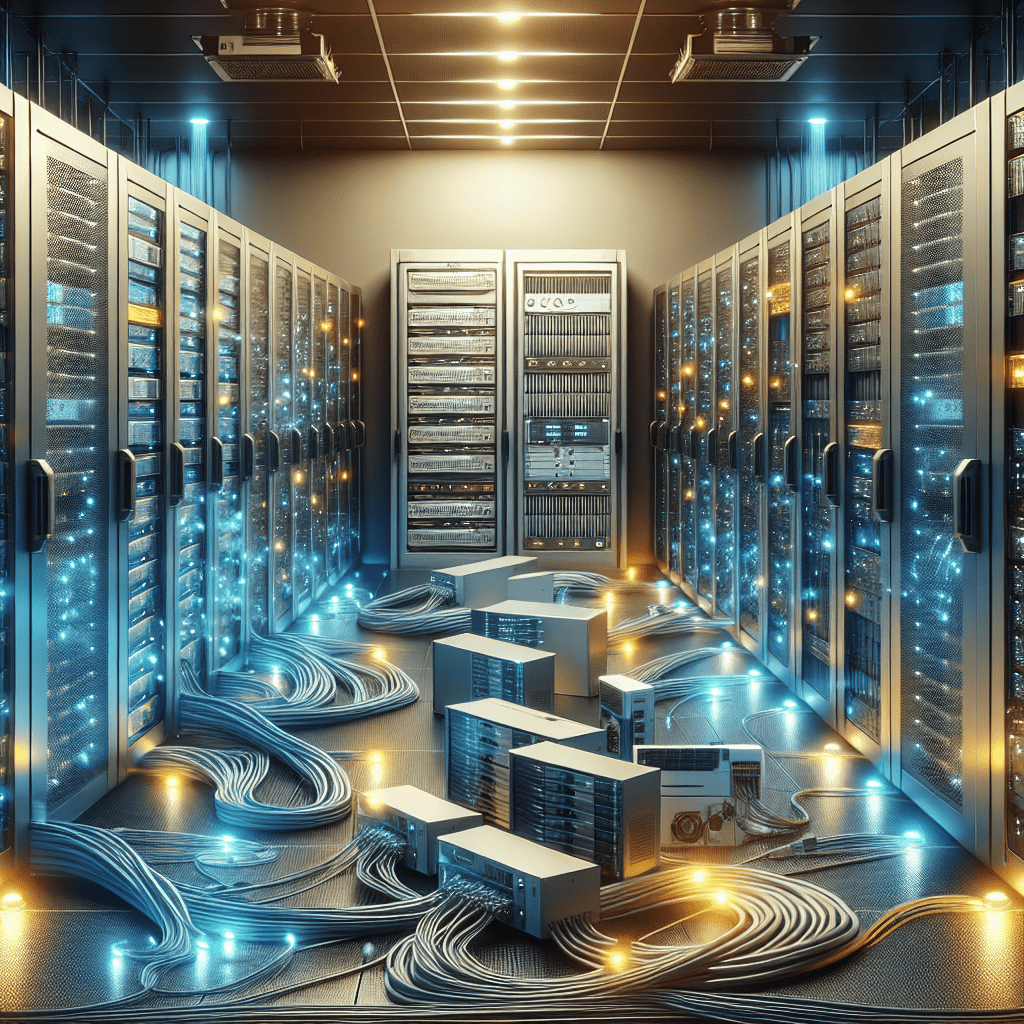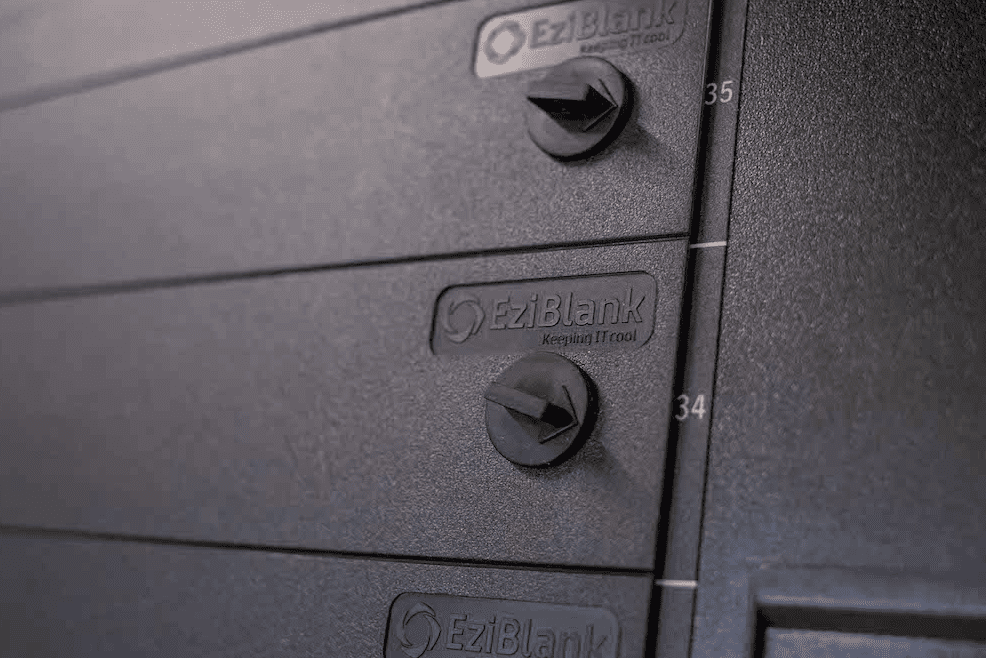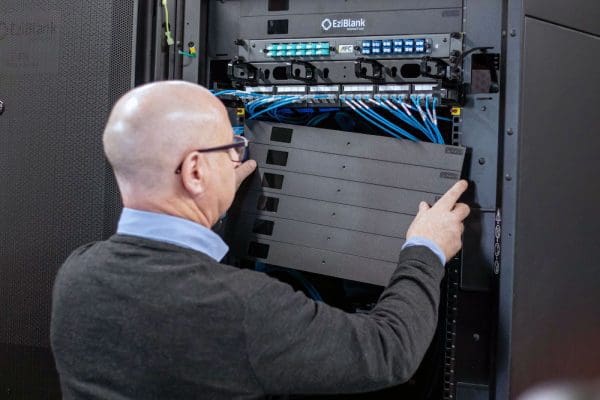What are the different types of data centers?
In today’s digital era, the backbone of online services and information technology systems is the data center, a facility used to house computer systems and associated components, such as servers, storage systems, and network infrastructure. Its significance cannot be overstated, as it supports the critical operations of businesses, governments, and organizations by ensuring the continuous availability, integrity, and security of data. As technology evolves and the demand for data storage and processing continues to skyrocket, understanding the various types of data centers and their infrastructure is imperative for decision-makers looking to optimize their IT operations.
Hyperscale Data Center
Overview
A hyperscale data center is a vast, mission-critical facility designed to accommodate extensive data processing and storage demands. These centers are pivotal for major tech giants like Google, Amazon, and Microsoft, supporting large-scale cloud operations and robust, scalable workloads. Unlike traditional data centers, which may host tens of servers, hyperscale variants support thousands, all connected through high-speed internet, facilitating massive data traffic and storage.
Key Features
Hyperscale data centers are distinguished by their enormous scale and capacity to support thousands of servers within a compact footprint, often exceeding 10,000 square feet. These facilities are engineered with redundancy, incorporating multiple backup systems and failover mechanisms to ensure continuous service. Key technological advancements such as specialized hardware, software-defined networking (SDN), and network function virtualization (NFV) optimize performance and enhance data handling capabilities.
Advantages
The primary benefits of hyperscale data centers include enhanced economies of scale, which allow for more cost-effective operations compared to smaller, traditional data centers. They provide balanced workloads, improved energy efficiency, and superior cooling systems designed to handle high-intensity workloads effectively. Furthermore, these centers offer rapid scalability, essential for businesses that require immediate expansion of data processing capabilities without the physical constraints of traditional data centers.
Notable Examples
Noteworthy hyperscale data centers include Microsoft’s facility in Northlake, Illinois, which spans over 700,000 square feet and includes its own electric substation, and Apple’s $2 billion Mesa data center in Arizona, covering 1.3 million square feet. These examples highlight the scale and the advanced infrastructure that characterize hyperscale data centers, supporting vast arrays of servers and providing significant operational efficiencies.
Colocation Data Center
Overview
A colocation data center, commonly referred to as a “colo,” is a facility where businesses can rent space for their servers and other computing hardware. This type of data center is particularly beneficial for companies that do not want to bear the capital expenditures associated with building and maintaining their own data center infrastructure. In a colocation facility, the physical security, power, cooling, and networking are provided by the data center operator, while the customer maintains ownership and control over their computing hardware.
Key Features
Colocation data centers offer a range of features that cater to diverse business needs. These facilities typically provide robust physical security measures, including surveillance, controlled access, and environmental controls to ensure optimal performance of hosted equipment. They also offer redundancy in power and cooling systems to guarantee uptime and reliability. Connectivity is another critical feature, with multiple telecommunication networks ensuring that businesses have uninterrupted service and ample bandwidth.
Advantages
One of the primary advantages of using a colocation data center is cost efficiency. Businesses save on the capital and operational expenses of running an in-house data center. This setup also allows for greater scalability; companies can easily expand their IT infrastructure without the need for physical space expansion. Moreover, colocation centers provide enhanced reliability with built-in redundancies for power and cooling systems, as well as high levels of security to protect against physical and cyber threats.
Notable Examples
Several global players lead the colocation data center market. Digital Realty and Equinix are among the top providers, with extensive networks of data centers across multiple continents. Digital Realty operates over 290 data centers globally, while Equinix boasts more than 220 facilities. These providers support a wide range of customers, from small businesses to large enterprises, offering them flexibility, scalability, and security in their IT operations.
Enterprise Data Center
Overview
An enterprise data center is a facility operated by an organization to support its data processing and storage needs. These centers can be built on-premises or off-premises, each offering distinct advantages and challenges. On-premises data centers provide direct access to servers and more control over the infrastructure, while off-premises centers might be chosen for their location benefits, such as cooler climates which can reduce energy costs.
Key Features
The main components of an enterprise data center include compute, storage, and network systems that work together to deliver the processing power required for applications and digital services. These centers are equipped with critical infrastructure like power supplies, cooling systems, and environmental monitoring tools to ensure efficient and secure operations. Additionally, they often feature advanced networking infrastructure, including routers, switches, cables, and firewalls to support connectivity and online presence.
Advantages
Enterprise data centers offer several benefits, particularly in terms of control and security. Organizations can maintain direct oversight of their systems, manage encryption keys, and ensure compliance with regulations such as HIPAA for sensitive information. The ability to customize infrastructure and quickly address equipment failures onsite are other significant advantages. These centers also allow for the continuation of legacy systems that may not be supported in other environments.
Notable Examples
Many large corporations operate their enterprise data centers to handle specific, high-demand IT needs. Examples include companies in sectors that manage large volumes of sensitive data, such as financial services, healthcare, and government. Each of these sectors may have data centers designed to meet unique security, compliance, and operational requirements, ensuring that critical data and applications are handled with the utmost integrity and availability.
Edge/Micro Data Center
Overview
The Edge/Micro Data Center (MDC) represents a significant evolution in data processing, enabling real-time data analysis and decision-making by processing data closer to its source. These compact, modular units are designed to meet specific site requirements and are essential in applications where even a millisecond of delay can be critical, such as financial trading or emergency services.
Key Features
MDCs include all the compute, storage, networking, power, and cooling infrastructure required for a given workload but are small enough to be deployed in locations where traditional data centers would be impractical. This proximity to data sources significantly reduces latency and bandwidth costs. Moreover, MDCs are highly adaptable and can be configured with robust security measures tailored to the specific needs of each location.
Advantages
The deployment of MDCs at the network’s edge offers numerous benefits:
- Reduced Latency: By processing data closer to its source, MDCs deliver faster response times essential for real-time applications.
- Increased Bandwidth: Distributing processing loads across local and main data centers alleviates network congestion and improves overall performance.
- Enhanced Security: With the ability to implement customized security measures, MDCs ensure high levels of data protection.
- Flexible Scalability: The modular design allows for easy expansion of resources, making growth more manageable and cost-effective.
- Reduced Operating Costs: The compact size of MDCs leads to lower power consumption and cooling requirements, making them more sustainable and economical.
Notable Examples
Several innovative implementations of MDCs highlight their versatility and efficiency:
- Zella DC: Known for their energy-efficient designs, Zella DC’s micro data centers use advanced cooling and power management technologies to minimize energy consumption. With a Power Usage Effectiveness (PUE) as low as 1.2, these units are among the most energy-efficient on the market.
- Schneider Electric’s EcoStruxure: Tailored for diverse edge computing locations, these MDC solutions range from the EcoStruxure Micro Data Center 6U Wall Mount, designed for cramped spaces, to the R-Series suited for harsh environments. Managed through Schneider Electric’s cloud-based system, EcoStruxure IT, these MDCs offer advanced monitoring and proactive management across various settings.
- Industry Examples: In sectors like healthcare, MDCs are increasingly adopted to process data swiftly from medical devices and monitoring tools, enhancing operational efficiency and patient care without delays associated with traditional IT infrastructure setups.
By addressing both immediate operational needs and long-term sustainability goals, Edge/Micro Data Centers are proving to be a pivotal technology in the landscape of modern data processing solutions.
Modular/Container Data Center
Overview
Modular or containerized data centers, also known as portable modular data centers, are innovative solutions for businesses needing rapid, flexible, and scalable IT capacity. These data centers are housed within containers such as trailers, freight, or shipping boxes and can be deployed in diverse environments like parking lots or remote locations. They offer a plug-and-play functionality, which is crucial for organizations requiring immediate expansion of IT capabilities.
Key Features
The design of modular data centers focuses on mobility and ease of deployment. Typical features include fully functioning IT setups with computing capabilities, power resources, and cooling systems, all contained within a standard or customized shipping container. This design allows for quick transportation and setup, with the potential to get a data center operational in as little as 90 days. The containers can be standard, offering quick deployment, or customized, with prefabricated components tailored for specific business needs.
Advantages
Modular data centers provide several benefits over traditional data center setups:
- Rapid Deployment: They can be deployed much faster than building a new facility, significantly reducing the time to upgrade data center services.
- Cost Efficiency: These data centers are more affordable in both setup and operational costs, keeping the total cost of ownership low.
- Scalability and Flexibility: Businesses can scale up or down based on current needs without significant infrastructure changes. They can also relocate the data centers to different sites as required.
- Energy Efficiency: Advanced cooling and power management technologies ensure that these data centers are energy-efficient, often achieving lower Power Usage Effectiveness (PUE) ratings.
- Remote Deployment Capability: Ideal for temporary or remote setups, such as military operations or disaster relief efforts, where rapid deployment is necessary.
Notable Examples
Several notable implementations of modular data centers underscore their versatility and efficiency:
- Zella DC: Known for their energy-efficient designs, Zella DC’s micro data centers utilize advanced cooling and power management technologies, achieving impressively low PUE ratings.
- Schneider Electric’s EcoStruxure: This range of modular data center solutions is designed for various settings, from cramped spaces to harsh environments, and is managed through a cloud-based system for enhanced monitoring and management.
- IBM Portable Modular Data Center: Offers a robust, transportable data center solution that can be deployed quickly in virtually any environment, demonstrating the adaptability and resilience of modular data center designs.
These examples highlight the practical applications and operational benefits of modular data centers, making them a compelling choice for businesses looking to rapidly expand their IT infrastructure with minimal disruption.
Data Center Solutions
Throughout this exploration of data center solutions, from the vast, scalable infrastructure of hyperscale data centers to the agility and targeted efficiency of edge/micro data centers, it is clear that the landscape of data processing and storage is diverse and rich with technological innovation. Modular/container data solutions further underscore the shift towards more adaptable, resilient, and cost-effective models for business IT needs. This article has shown how each type of data center serves unique operational needs, emphasizing the importance of selecting the right approach to support the growing demands of the digital age.
As businesses continue to navigate the complexities of data management and storage, the insights provided on the various data center types offer a roadmap for leveraging technology to enhance operational efficiency, scalability, and security. It underscores the critical role that data centers play in ensuring the continuous availability and integrity of data, pivotal for the success of modern enterprises. By understanding the distinct advantages and applications of each data center type, decision-makers are better equipped to make informed investments in their IT infrastructure, steering their organizations toward future success in an increasingly data-driven world.



